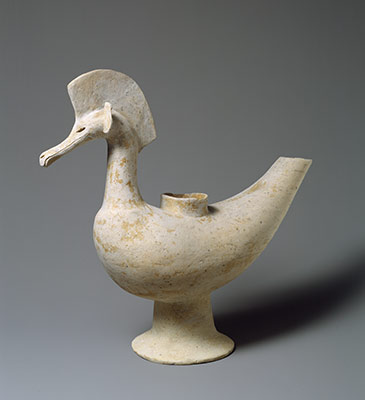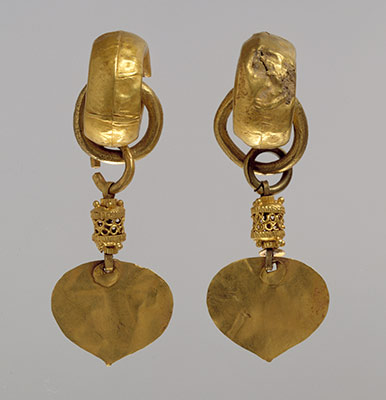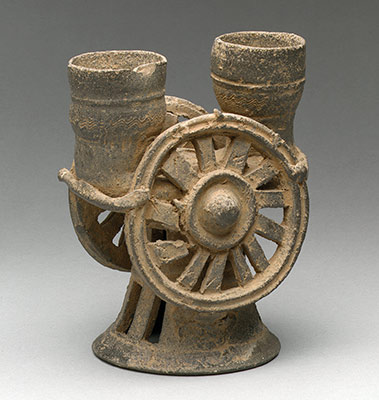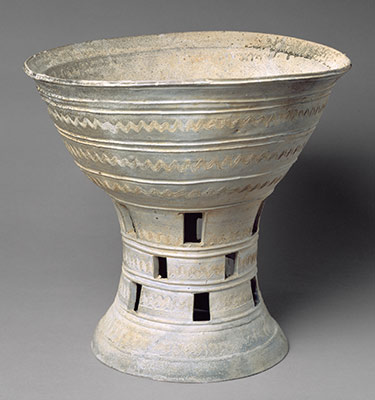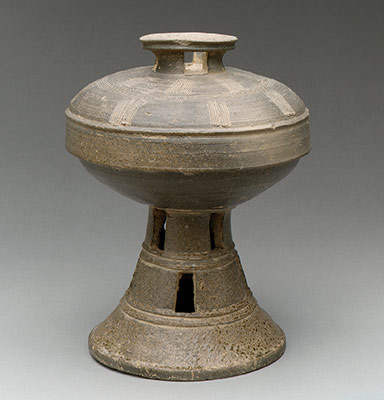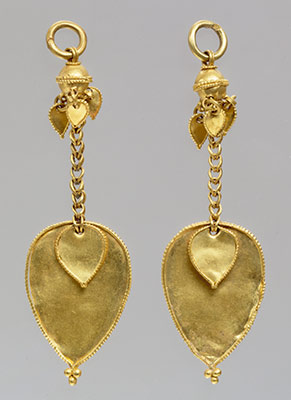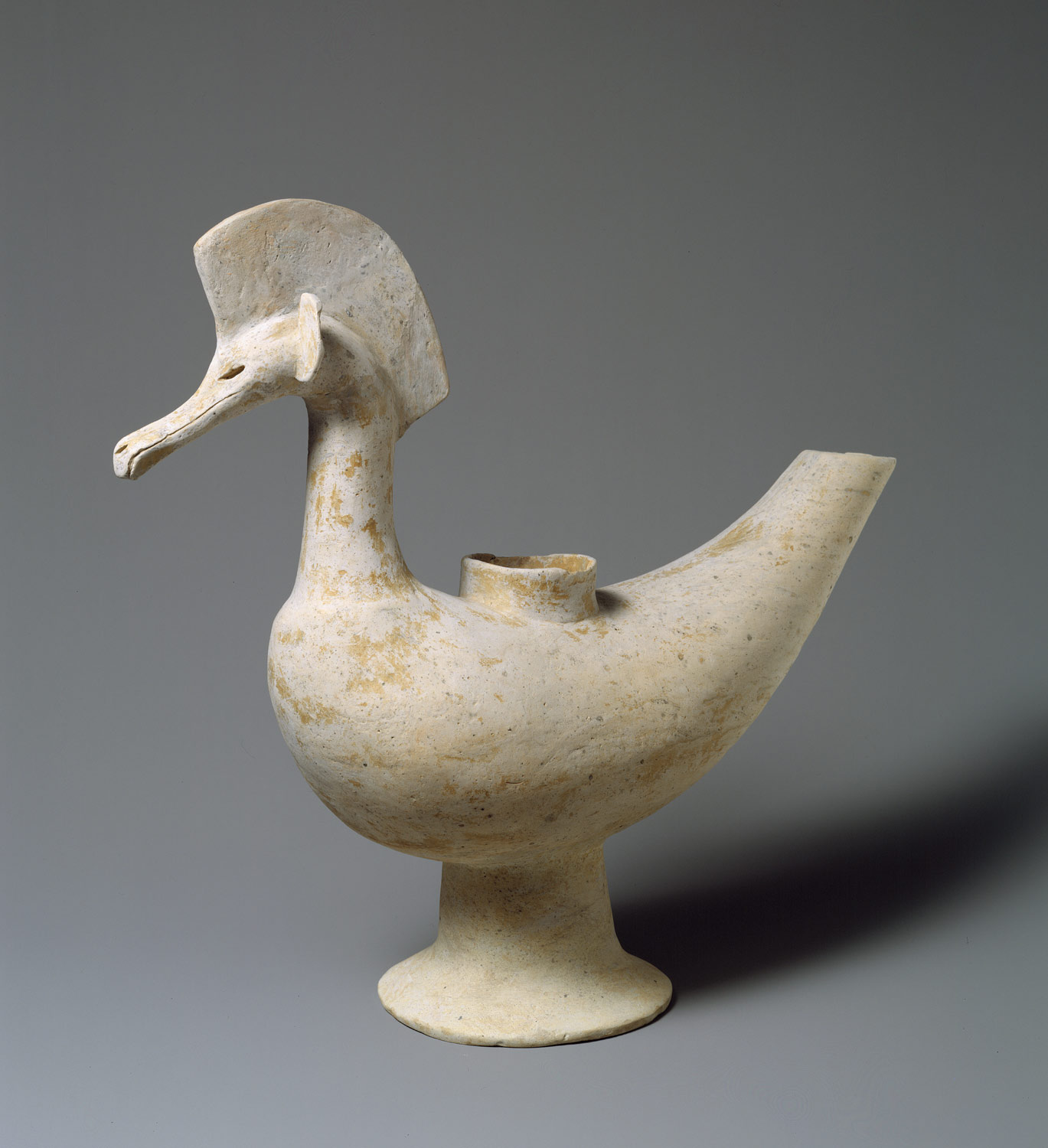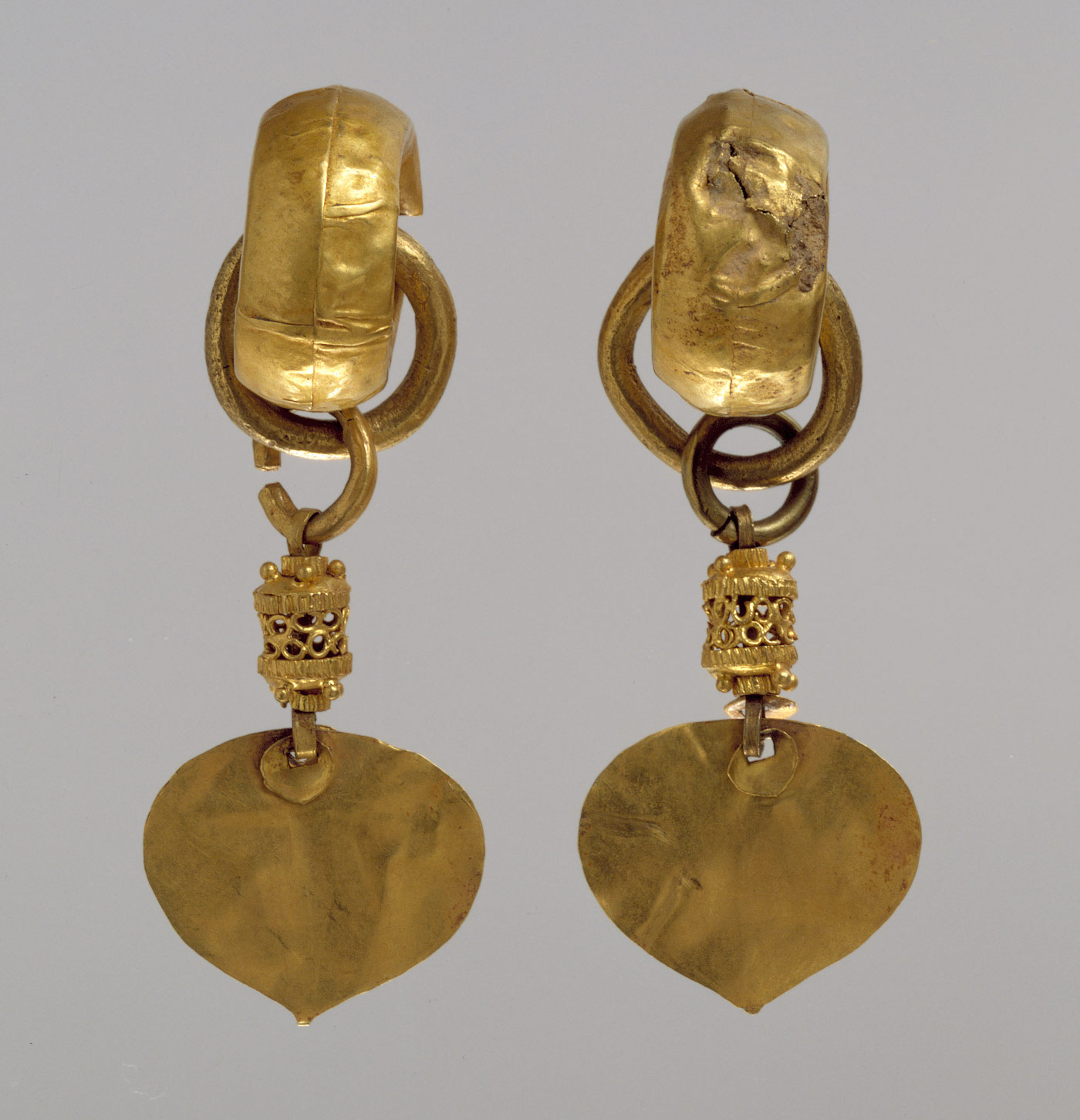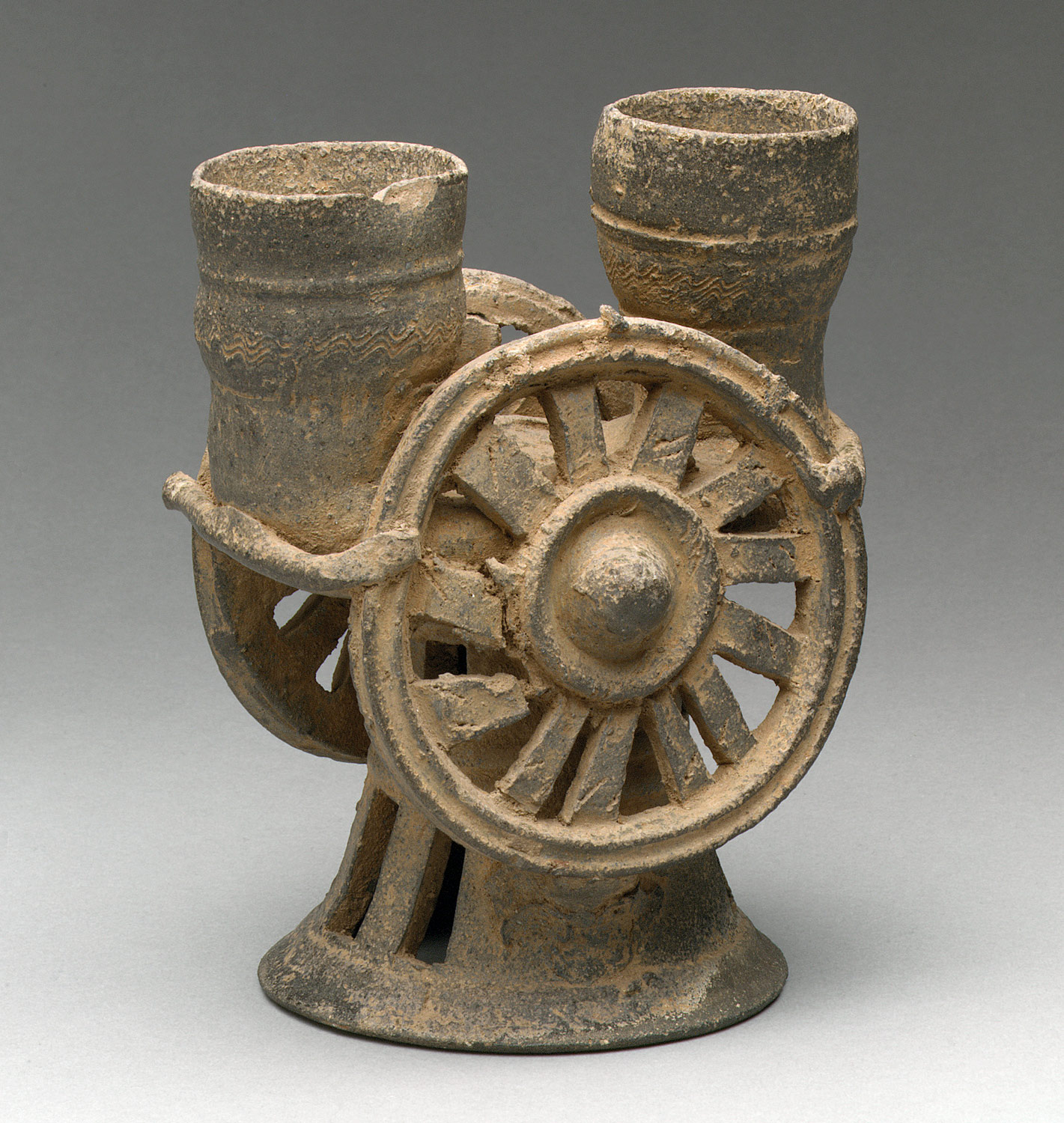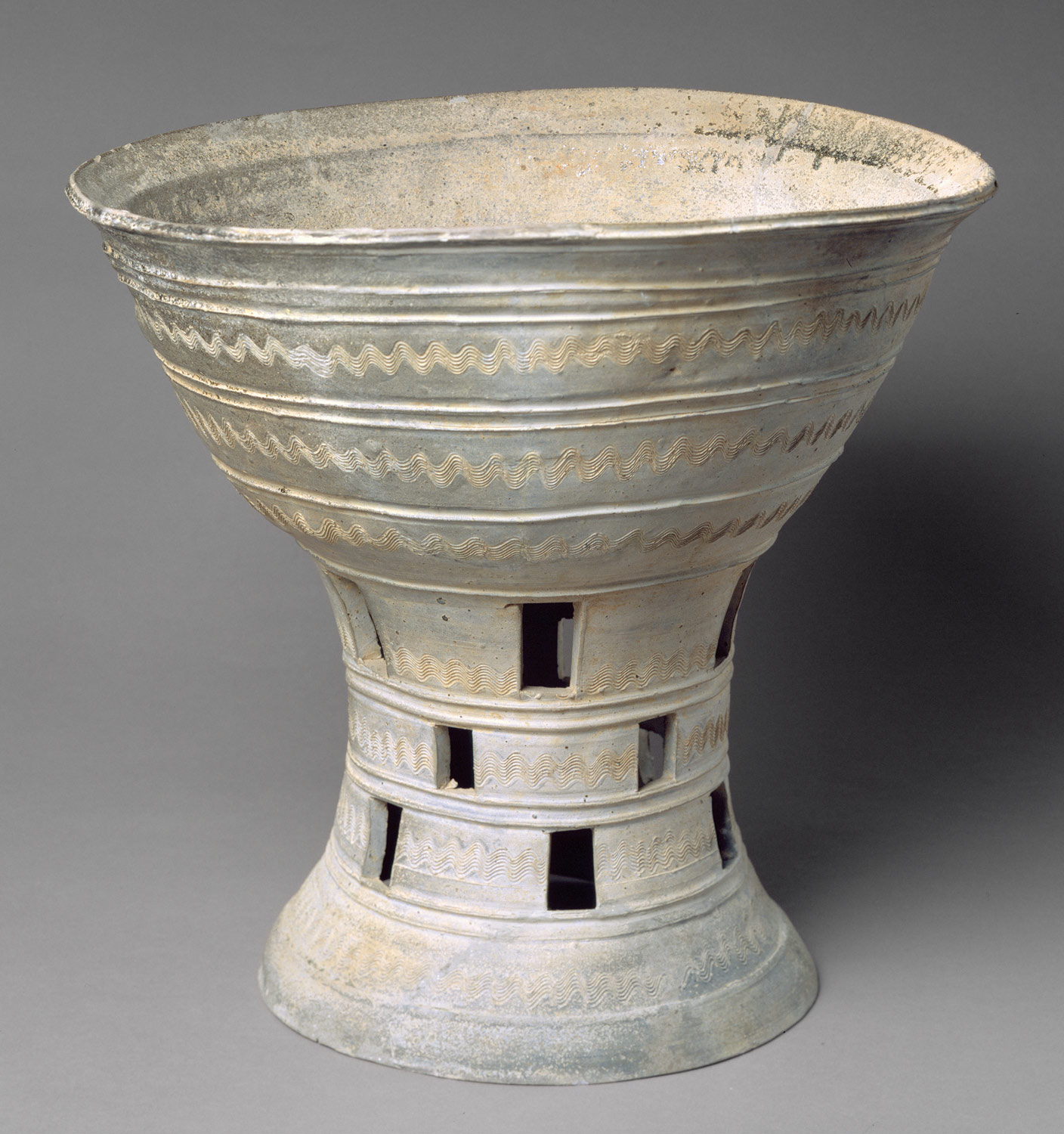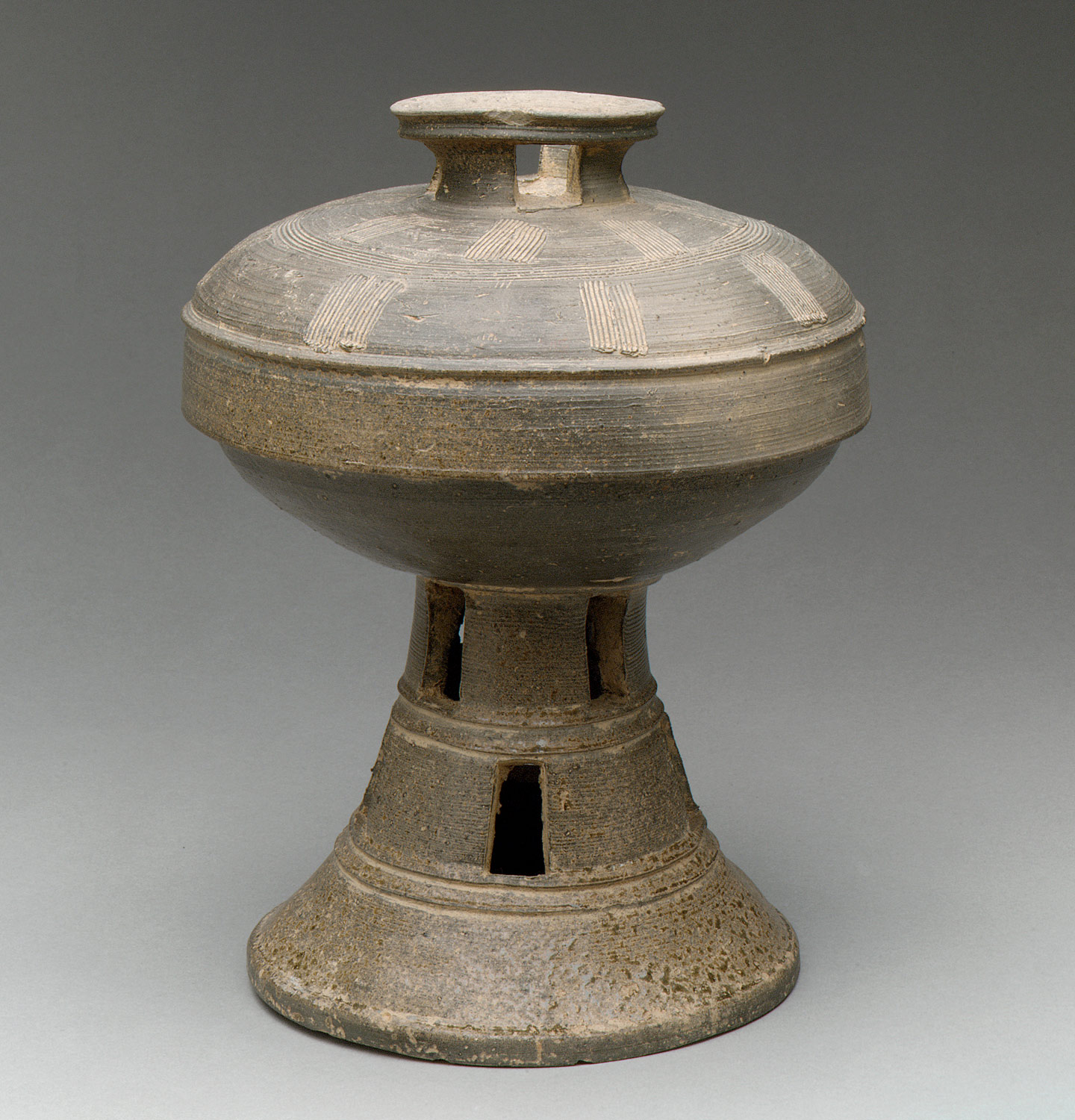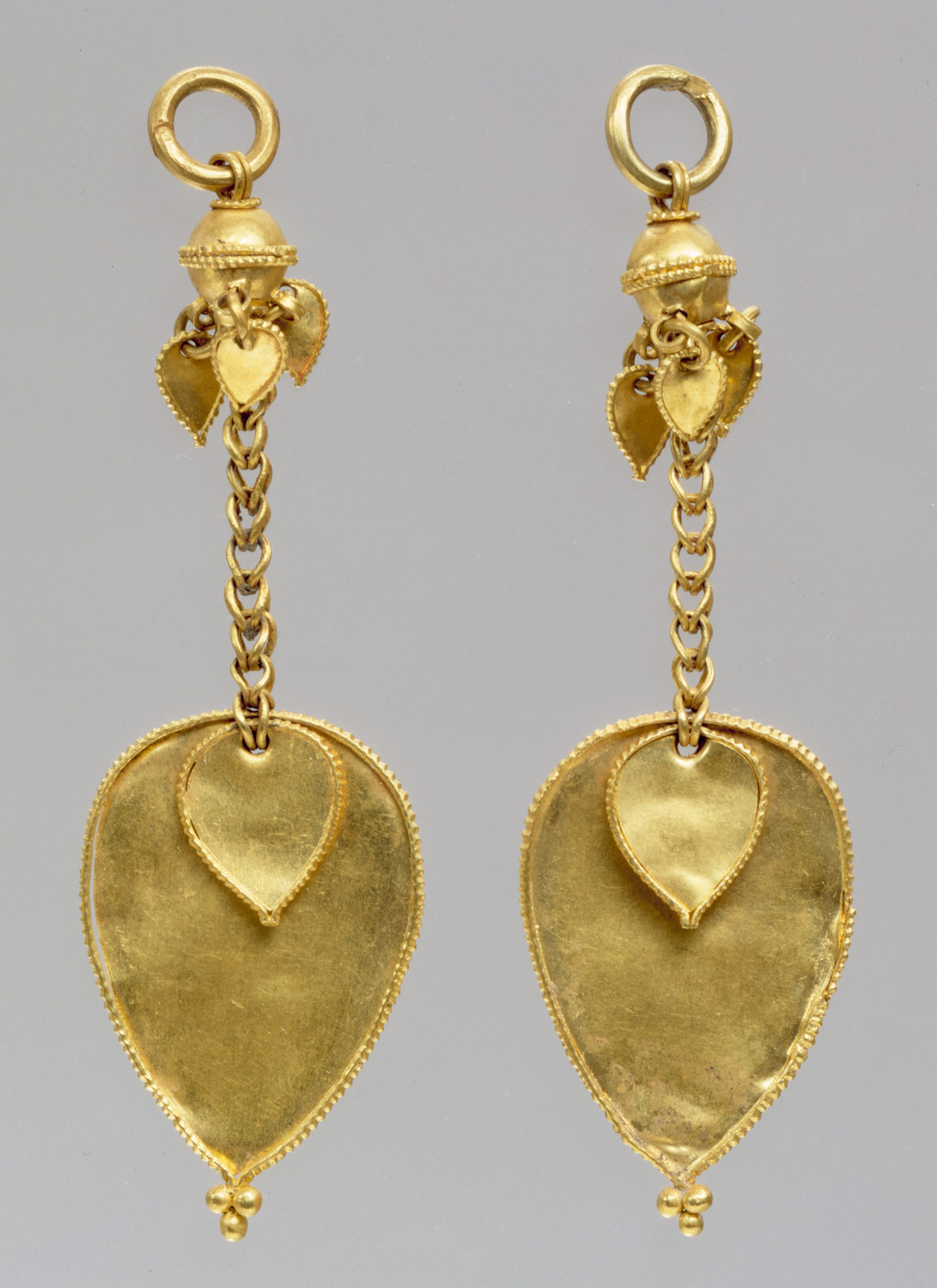With the destruction of the Han Chinese military commandery Lelang in 313 A.D., and the division of the peninsula among the three kingdoms of Goguryeo (in the north), Baekje (in the southwest), and Silla (in the southeast), along with the small confederation of city-states known as the Gaya Federation (in the region between Baekje and Silla), a critical new era in Korean history dawns. Over the next 350 years, the culturally and politically divided inhabitants of the Korean peninsula will be united, albeit at the cost of much bloodshed, into a single nation.
The era of the Three Kingdoms is not a time of tranquility. The peninsula’s royal houses face formidable external and internal challenges to their authority. Externally, there is the constant threat of aggression from neighboring Korean states as well as the possibility of attack from Japan and, especially after the sixth century when the country is reunited under the Sui dynasty (581–618), from China. Internally, a ruler’s power is dependent on the ability to command the respect and support of the aristocracy. The large numbers of embassies dispatched by the three Korean kingdoms to China during the latter part of this period indicate the importance peninsula rulers attach to sustaining diplomatic contacts with Chinese governments. It is the prestige of Chinese culture as much as political and commercial interests that prompts the rulers to maintain the steady flow of these missions.
The transmission to Korea from China of Confucian ideals of government, which promote the ideal of the supreme authority of the ruler exercised through a bureaucratic hierarchy of well-educated officials, provides Korean monarchs with a defense, although never wholly successful, against aristocratic encroachment on royal prerogatives. Buddhism, first transmitted to Goguryeo from China in 372 A.D., will be adopted as the state religion in all three kingdoms by 528. Patronized by the court and aristocracy, Buddhism, despite its foreign roots, will have a profound religious, cultural, and political influence in Korea for centuries to come.
